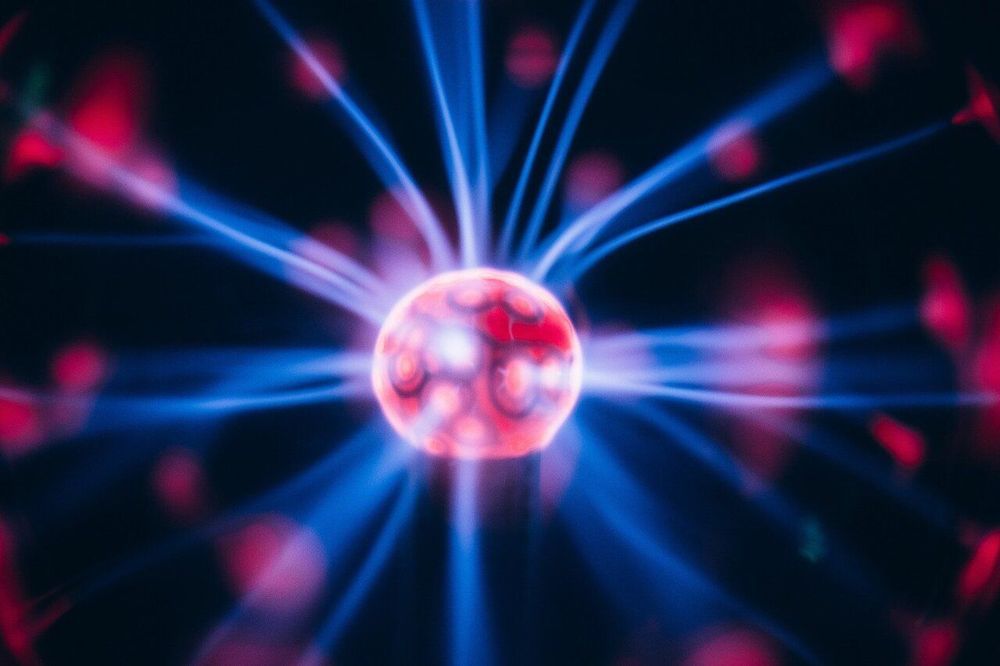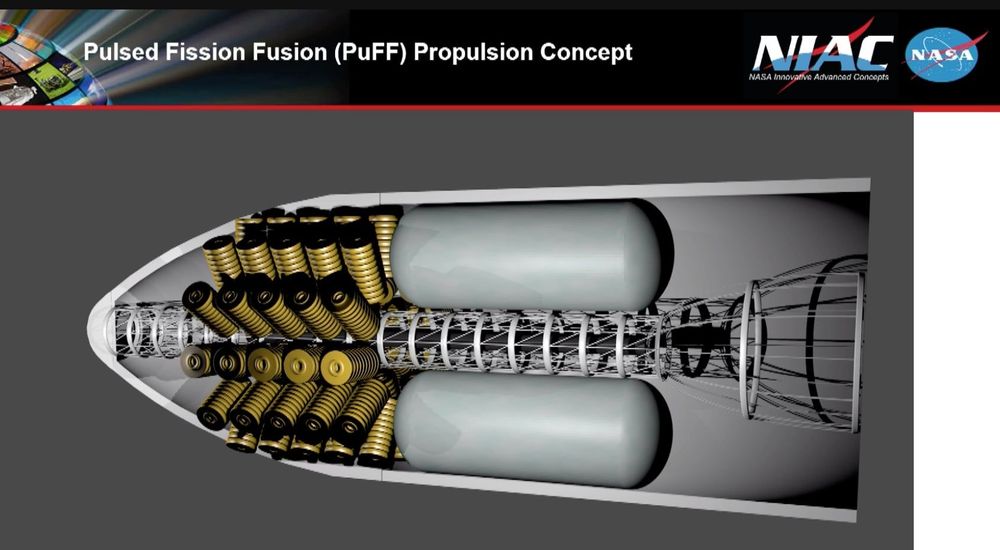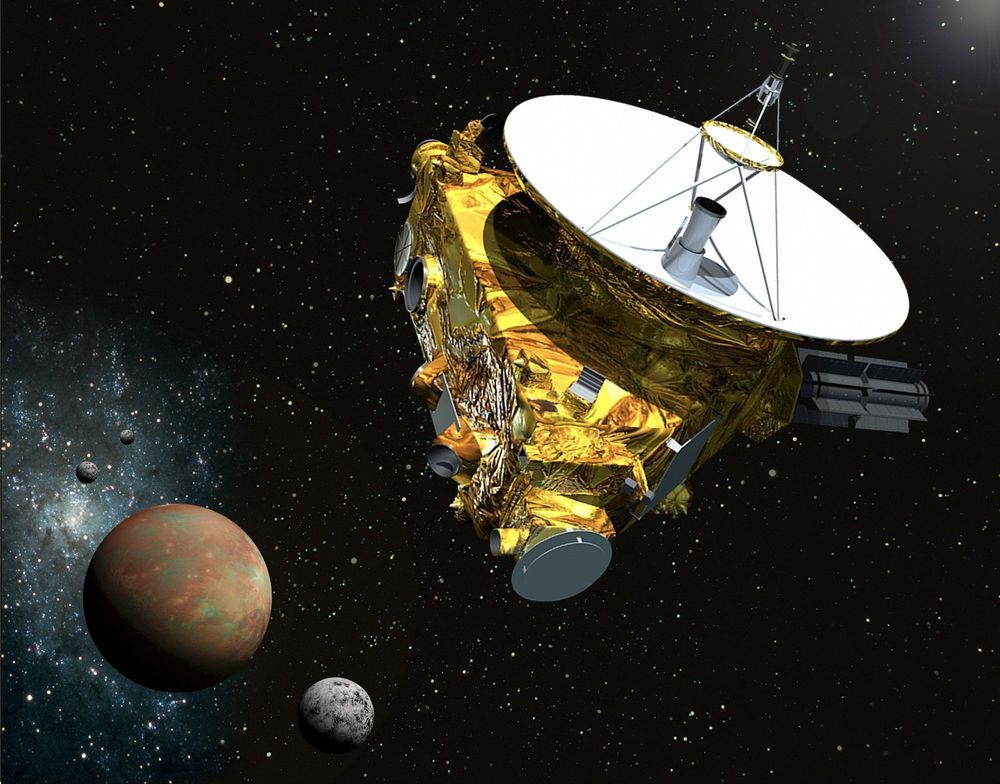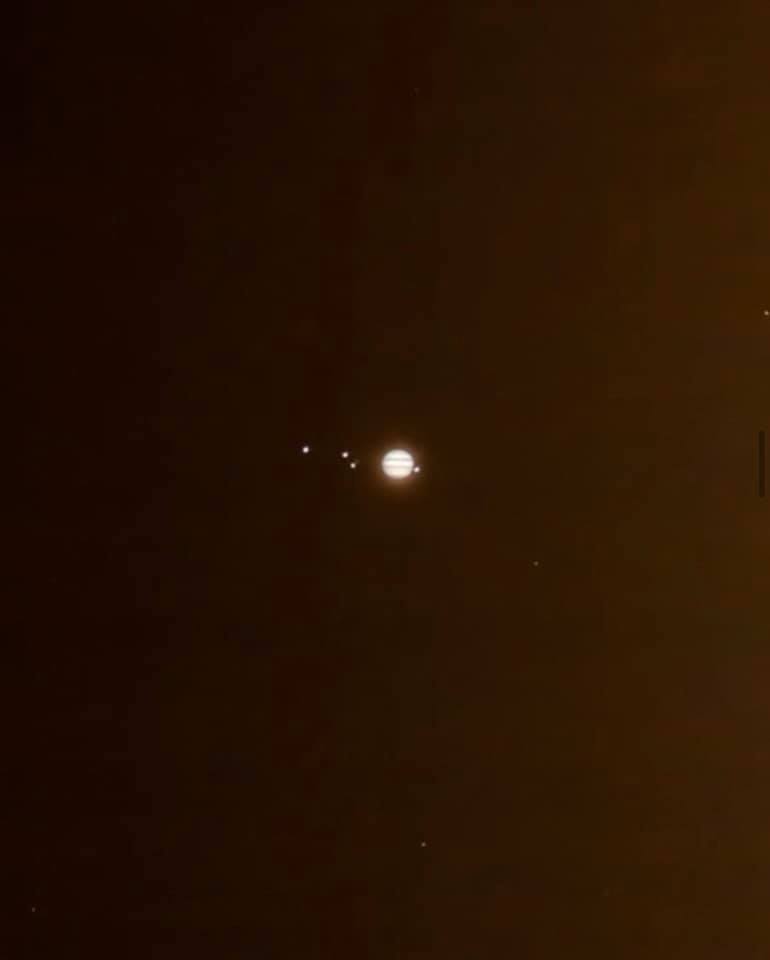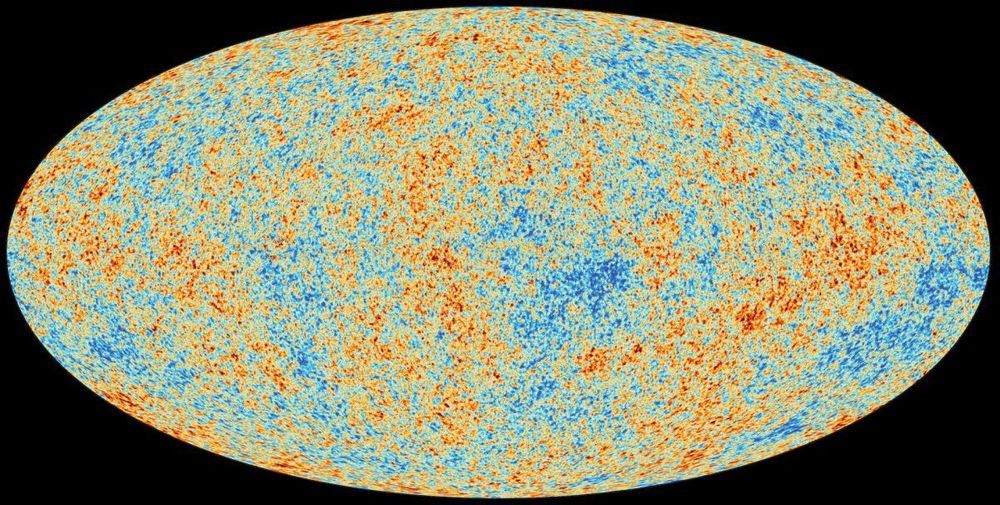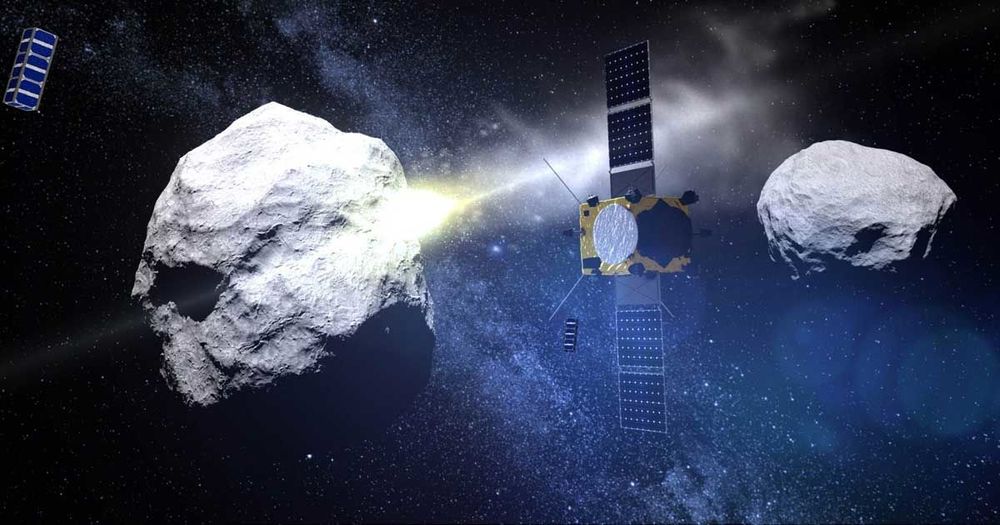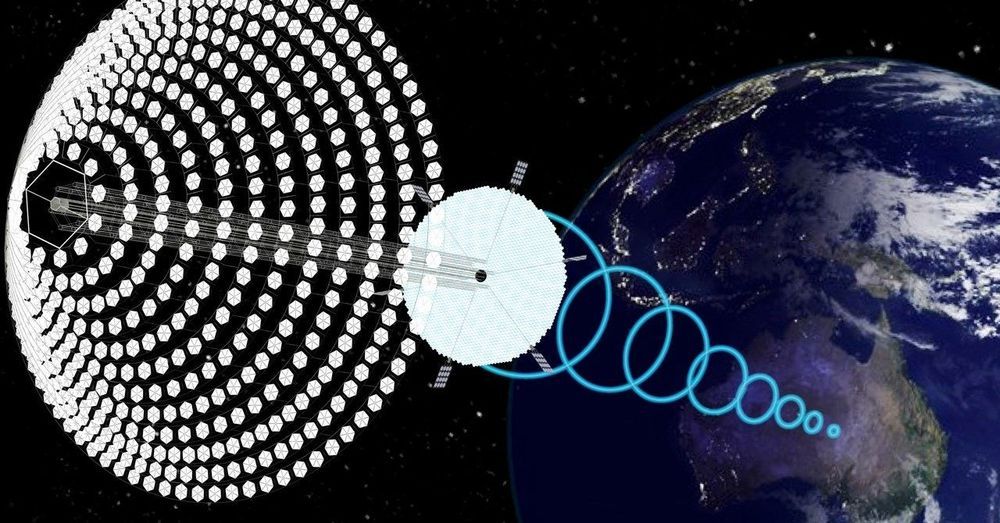An international group of scientists, including Andrey Savelyev, associate professor of the Institute of Physical and Mathematical Sciences and Information Technologies of the IKBFU, has improved a computer program that helps simulate the behavior of photons when interacting with hydrogen spilled in intergalactic space. Results are published in the scientific journal Monthly Notices of the Royal Astronomical Society.
Andrey Saveliev states, “In the Universe there are extragalactic objects such as blazars, which very intensively generate a powerful gamma-ray flux, part of photons from this stream reaches the Earth, as they say, directly, and part are converted along the way into electrons, then again converted into photons and only then get to us. The problem here is that mathematical calculations say that a certain number of photons should reach the Earth, and in fact it is much less.”
Scientists, according to Andrey Savelyev, today have two versions of why this happens. The first is that a photon, after being converted into an electron (and this, as is known, in contrast to a neutral photon, a charged particle) falls into a magnetic field, deviates from its path and does not reach the Earth, even after being transformed again into the photon.
